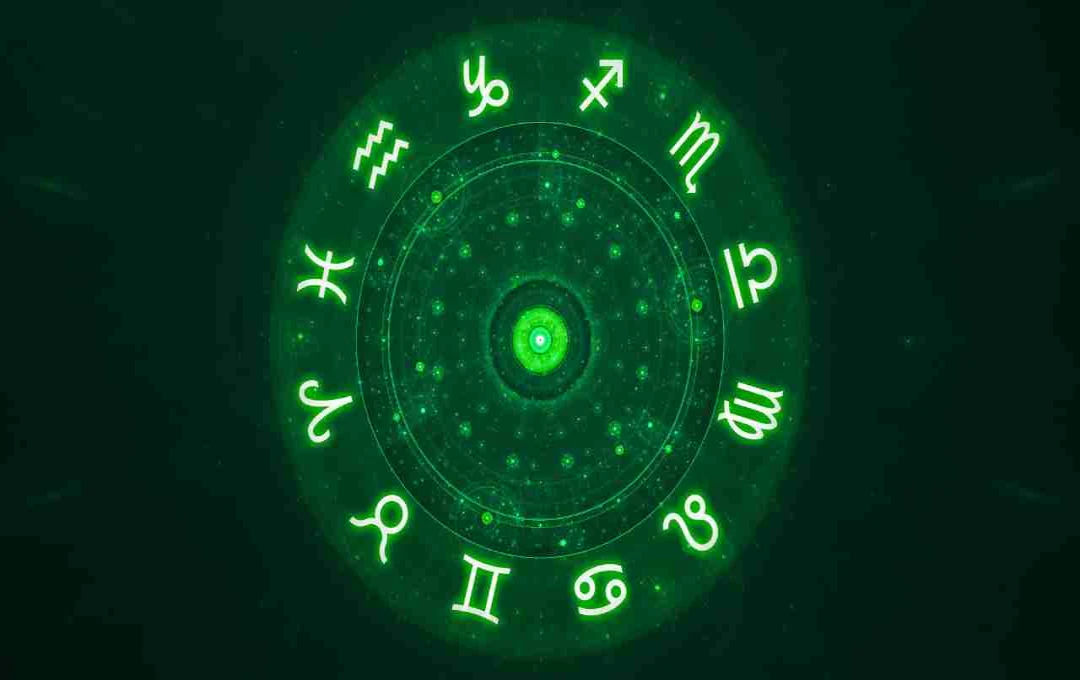Boundary catches have always held a special place in the history of cricket. These catches not only showcase the fielding prowess but also possess the power to dramatically alter the course of a match.
Sports News: Boundary catches in cricket have always been a source of excitement and debate. The anticipation of a six, followed by a spectacular catch, elevates the tension for spectators. However, the ICC has made a significant decision regarding these thrilling moments. The MCC (Marylebone Cricket Club), the custodian of cricket's laws, and the International Cricket Council (ICC) have amended the rules surrounding boundary catches.
What is the new rule for boundary catches?
Previously, if a fielder attempted to catch a ball in the air near the boundary, they could often juggle the ball outside the boundary before returning inside to complete the catch. This was considered valid under the existing MCC Law 19.5.2, provided the fielder's last contact with the ball was inside the field of play before touching the ball.
However, this practice of repeatedly juggling the ball in the air has now been prohibited. The ICC announced this new rule, effective July 2025, while the MCC will incorporate it into their official laws from October 2026.

- Will these catches now be called 'NO CATCH'?
- Yes. According to the new rule, if a fielder:
- Catches the ball inside the boundary,
- Then moves outside the boundary,
- And juggles the ball once or more in the air before finally completing the catch inside the boundary,
- Then such catches will no longer be considered valid. It will be directly considered a six, and the batsman will be awarded the runs.
Why the change?
The impetus for this rule change stems from a controversial catch taken by Michael Neser in the 2023 Big Bash League (BBL). He completed a catch after juggling the ball twice in the air outside the boundary. While the catch was valid under the rules, it was widely deemed 'unethical' and 'against the spirit of the game' on social media and by cricket experts.
The cricket community also argued that such fielding techniques turned players into "physics gymnasts" but detracted from the game's core spirit. Consequently, both the ICC and MCC reviewed the rules and decided to make this change.

What does the new rule state?
- Juggling the ball more than once in the air will be illegal if the fielder is outside the boundary line.
- If a player juggles the ball in the air outside the boundary and another player catches it, the catch will only be valid if the first player is entirely inside the boundary.
- The fielder's first contact with the ball must still be within the boundary before touching it. This rule remains unchanged.
This rule change will not only alter fielding strategies but may also impact match outcomes. Many matches have been turned around by such miraculous boundary catches. However, fielders will now need to play with more caution and balance.















